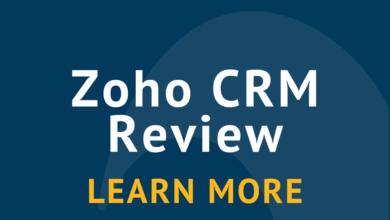From Reporting to Predictive Analytics in CRM

Data has become the currency of success and a powerful asset for businesses today. Organizations understand that data holds the key to success and want to leverage it best. Business intelligence (BI) refers to the systematic process of gathering, analyzing, and presenting data to aid in business decision-making. It enables organizations to make informed decisions, enhance efficiency, and stay competitive by leveraging data to drive strategic initiatives and improve overall business outcomes.
For decades, companies relied on static reports generated from their data to make critical decisions. These reports lacked real-time insights and were unable to handle complex data; this also required data analysts to manage the technology and information collection hugely. This limitation brought the concept of analytical reports offering data drill down and actionable insights. The enablement of interactive dashboards led to a significant advancement in BI.
Moving further, with the advent of technology and the exponential growth of data, businesses have embraced a transformative shift from mere analysis to forecasting. This update includes the inclusion of machine learning algorithms to predict forecasting based on the historical data available. Predictive analytics has enabled the business to get insight into future possibilities which is a huge impact.
If the business knows how sales will shift during different seasons or what will be the pick time in the restaurant, which dish will be ordered more, what will the best time to change the price or what will be customer reaction when price is changed. Such information allows the business to take the risks using data as power.
CRM solutions can add more value to business when enabled for deeper insights into customer behavior, preferences, and needs. This is key information that enables organizations to make informed decisions, optimizing marketing efforts and efficient resource allocation. Consider scenarios where predictive analytics plays a pivotal role:
Sales Shifts: Understanding how sales fluctuate during different seasons helps businesses plan inventory and marketing strategies. Microsoft Dynamics 365 Sales enabled with Sales Copilot provides insight like top opportunities and customer summaries.
Sales Forecasting: Predictive models help anticipate sales trends, allowing businesses to allocate resources effectively.
Restaurant Peak Times: Predictive models reveal the best times for restaurant operations, optimizing staff schedules and inventory management.
Pricing Strategies: Predictive insights guide pricing adjustments, ensuring optimal revenue without alienating customers.
Churn rate prediction: If you identify the customers most likely to churn through, relevant customer retention campaigns can be planned, discounts, loyalty rewards can be offered, and all these go for targeted customers instead of all customers.
While you are working on customers likely to churn with AI-driven recommendations you may also target the new audience of similar segments with customized journey.
And all this information is right from the master and transactional data being developed through multiple system interactions which enables the faster real time data availability in reports rather than time consuming data models.
The reporting model can also be extended to ERP, HR systems being used in organization to gain better insight for one-view of information.
Hence, predictive analytics is a powerful way of leveraging historical and real-time data to predict future possibilities and recommendations. This makes you more confident in data-driven decision-making.
Author: Swati Shrimali, Principal, Business Applications, Advaiya



